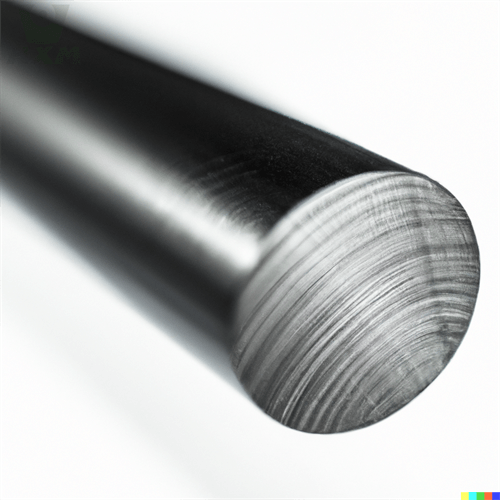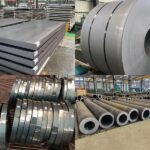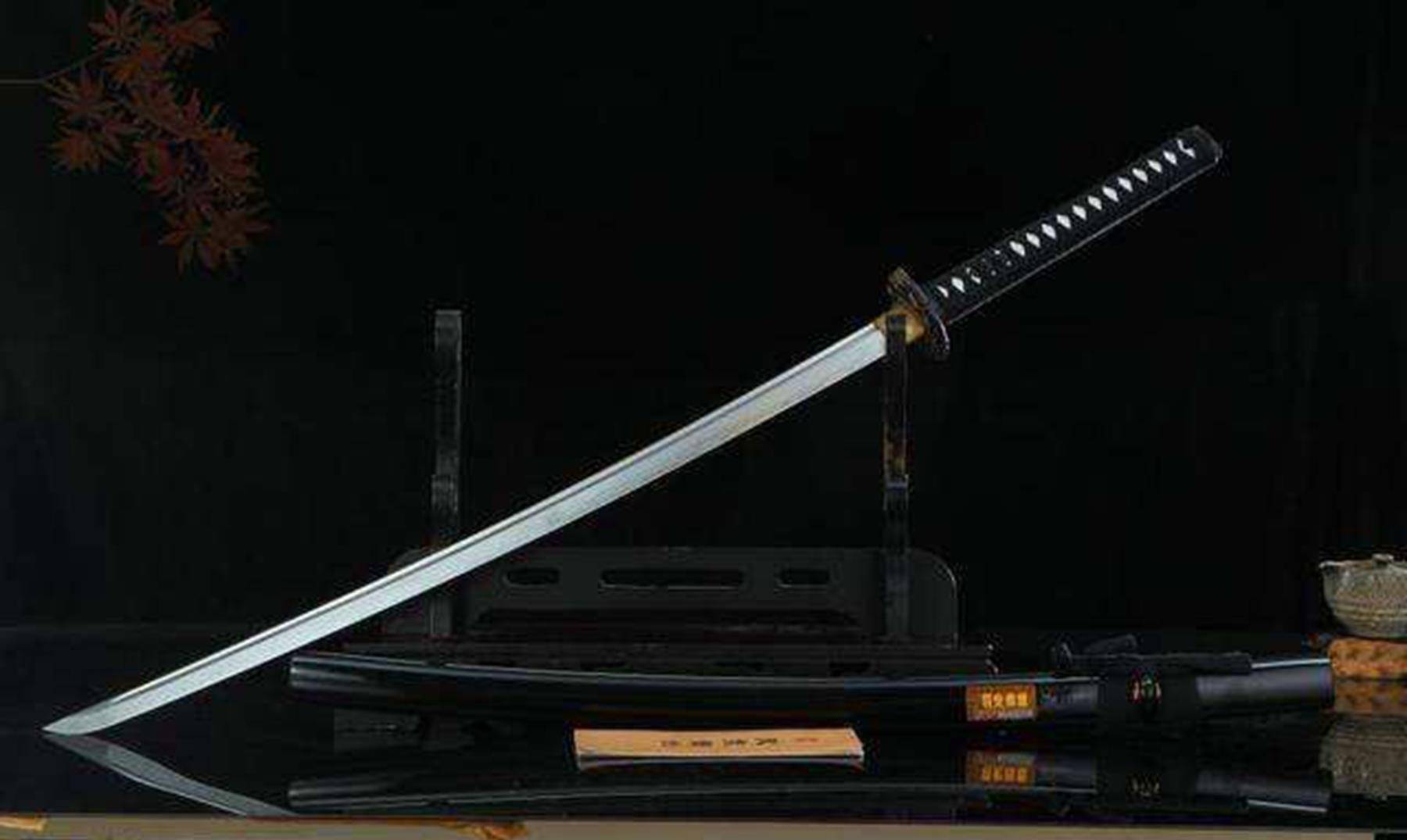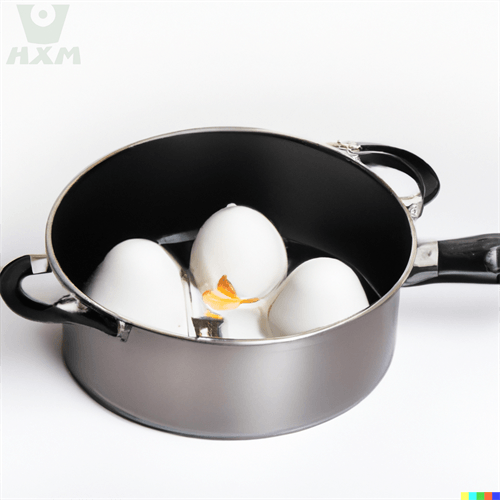Low carbon steel, with its unique properties and extensive applications, holds a significant position in our daily lives. This article aims to provide a comprehensive guide to low carbon steel.
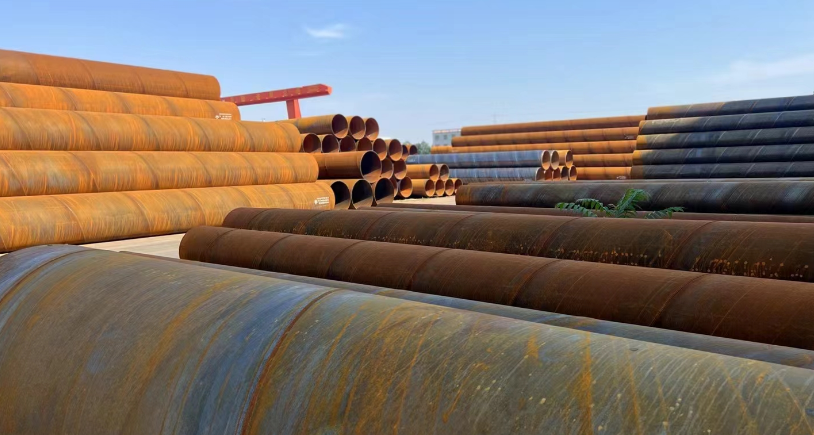
Guide to Low Carbon Steel: Properties, Applications and Future Trends
I. Basic definition of low carbon steel
Low-carbon steel is a type of steel with a relatively low carbon content. Typically, the carbon content of low-carbon steel ranges from 0.05% to 0.25%, which gives it better plasticity and weldability compared to other steel types. These characteristics make low-carbon steel widely used in industrial production and daily life.
II. Properties of Low-Carbon Steel
- Good plasticity: The low carbon content of low-carbon steel results in a more uniform internal structure, giving it excellent plasticity. This means that low-carbon steel can be easily processed through cold working, bending, stretching, and stamping operations without significant cracking or fracturing.
- Excellent weldability: Due to its low carbon content, low-carbon steel produces fewer carbides and oxides during the welding process, reducing the occurrence of welding defects. Additionally, the welded joints of low-carbon steel have high strength, making them suitable for various engineering needs.
- High toughness: Low-carbon steel maintains good stability when subjected to impact or vibration, resisting fracture. This allows it to be widely used in areas such as bridge construction, building construction, and automobile manufacturing.
- Moderate strength: Although the strength of low-carbon steel is not as high as some high-carbon steels or alloy steels, its balanced strength and plasticity make it an ideal choice for many applications.
III. Application Fields of Low-Carbon Steel
- Construction: Low-carbon steel is extensively used in the construction industry, such as for steel bars, beams, and columns. These structural components possess excellent load-bearing capabilities, are easy to process and install, and can meet a variety of construction requirements.
- Automobile Manufacturing: With the continuous development of the trend of automobile lightweighting, the application of low-carbon steel in the automobile manufacturing industry has become increasingly widespread. Low-carbon steel used for body structures not only ensures good safety performance but also reduces the vehicle’s weight, improving fuel economy.
- Machinery Manufacturing: In the machinery manufacturing industry, low-carbon steel is often used to manufacture various components, such as gears, bearings, and bolts. These components require good plasticity and toughness to withstand complex mechanical stresses.
- Pipeline and Container Manufacturing: Low-carbon steel also finds extensive application in pipeline and container manufacturing. Due to its good plasticity and weldability, it can be conveniently processed into pipelines and containers of various shapes and sizes.
IV. Future Development Trends of Low-Carbon Steel
- Environmental Protection and Energy Efficiency: With the increasing global awareness of environmental protection, the environmental-friendly and energy-saving properties of low-carbon steel will receive more attention. In the future, the production process of low-carbon steel will be further optimized to reduce energy consumption and emissions, meeting environmental protection requirements.
- High-Performance Development: To meet higher engineering demands, the performance of low-carbon steel will continue to improve. By adding alloy elements, optimizing heat treatment processes, and other means, the strength, toughness, and wear resistance of low-carbon steel can be further enhanced.
- Intelligent Manufacturing: With the continuous development of intelligent manufacturing technology, the manufacturing process of low-carbon steel will become more intelligent and automated. This will improve production efficiency, reduce production costs, and promote the application of low-carbon steel in more fields.
Conclusion
Thank you for reading our article, and we hope this guide to low carbon steel can be helpful to you. If you are looking for carbon steel suppliers and manufacturers online now, we would advise you to visit Huaxia Steel for more information.
As a leading supplier of carbon steel from Shanghai China, Huaxia Steel offers customers high-quality low-carbon steel products at a very competitive price.


